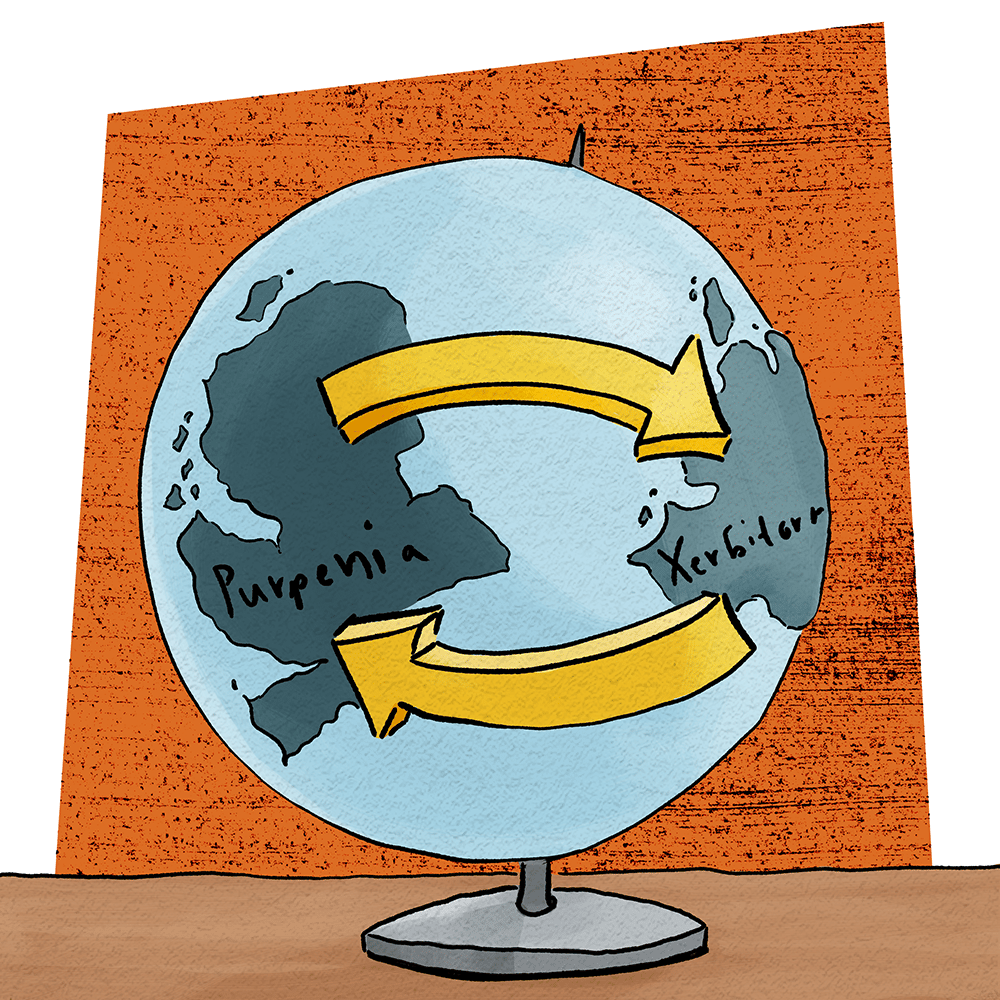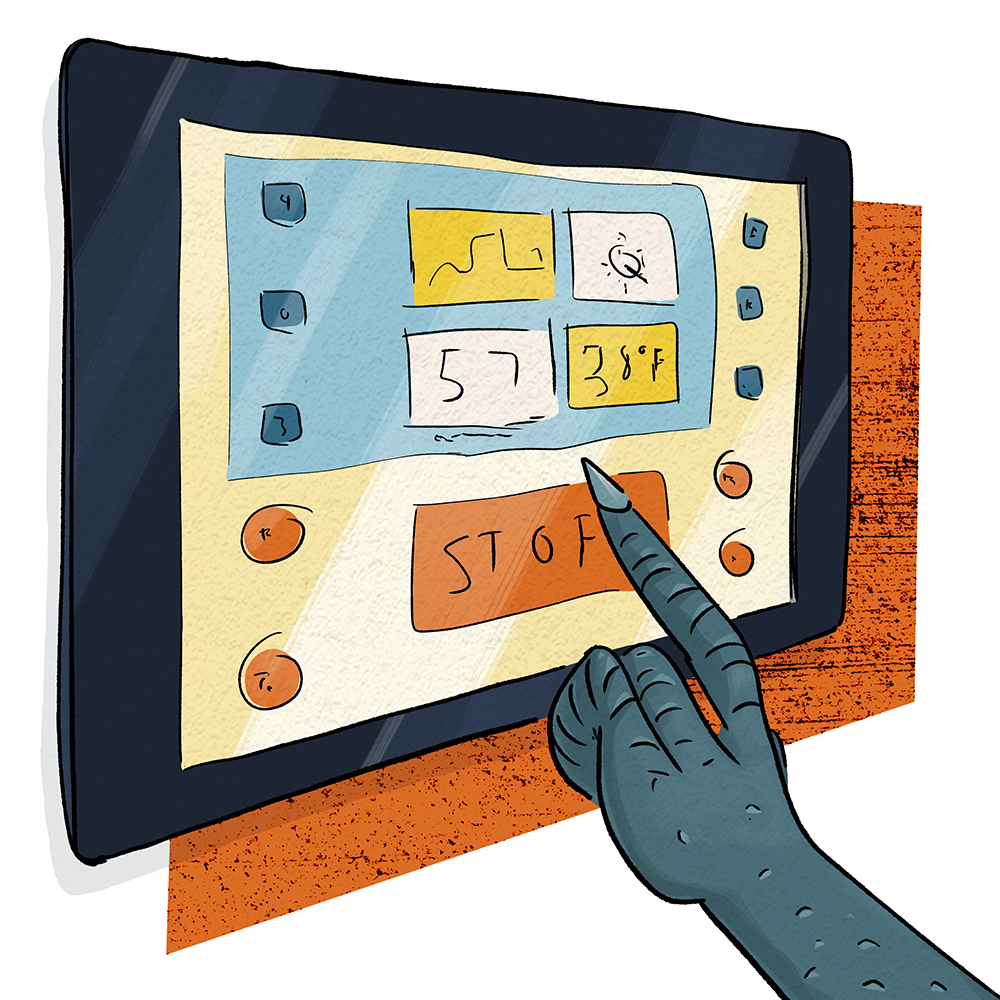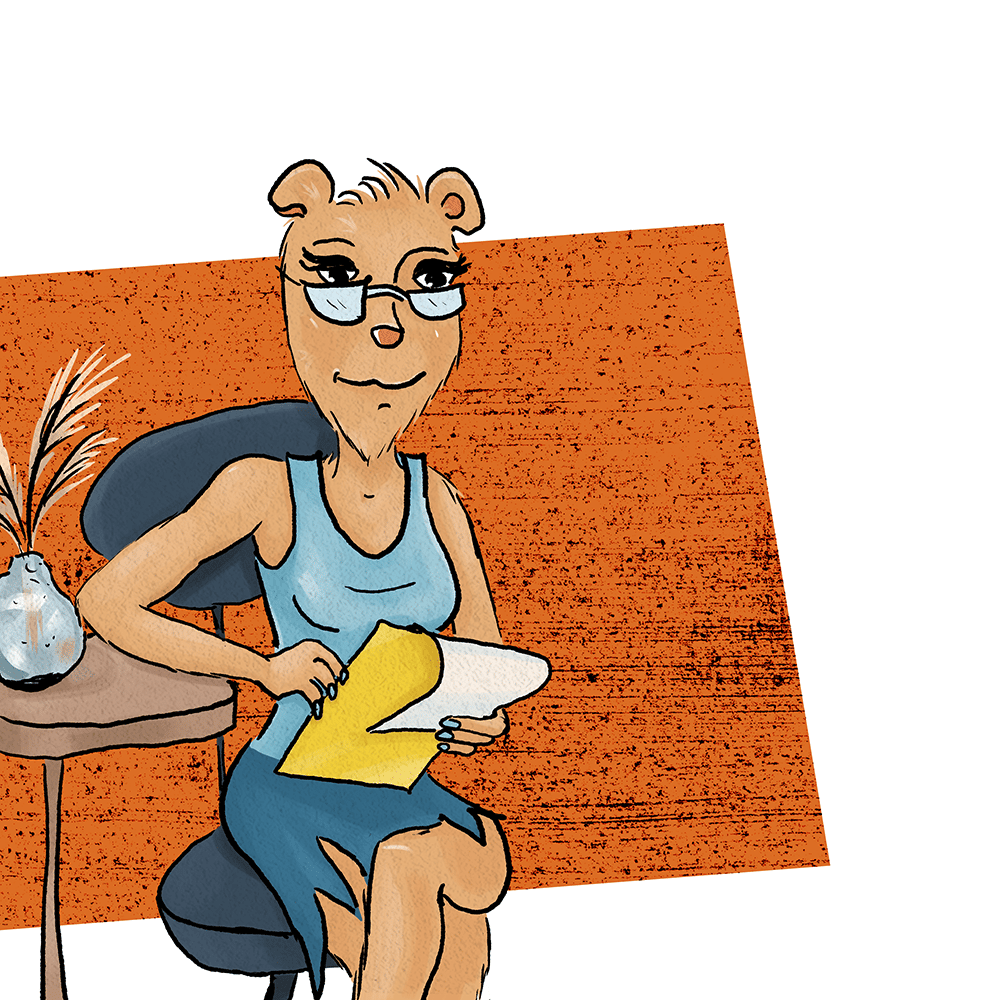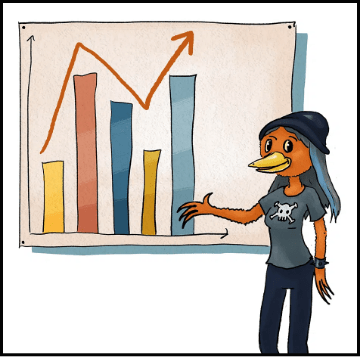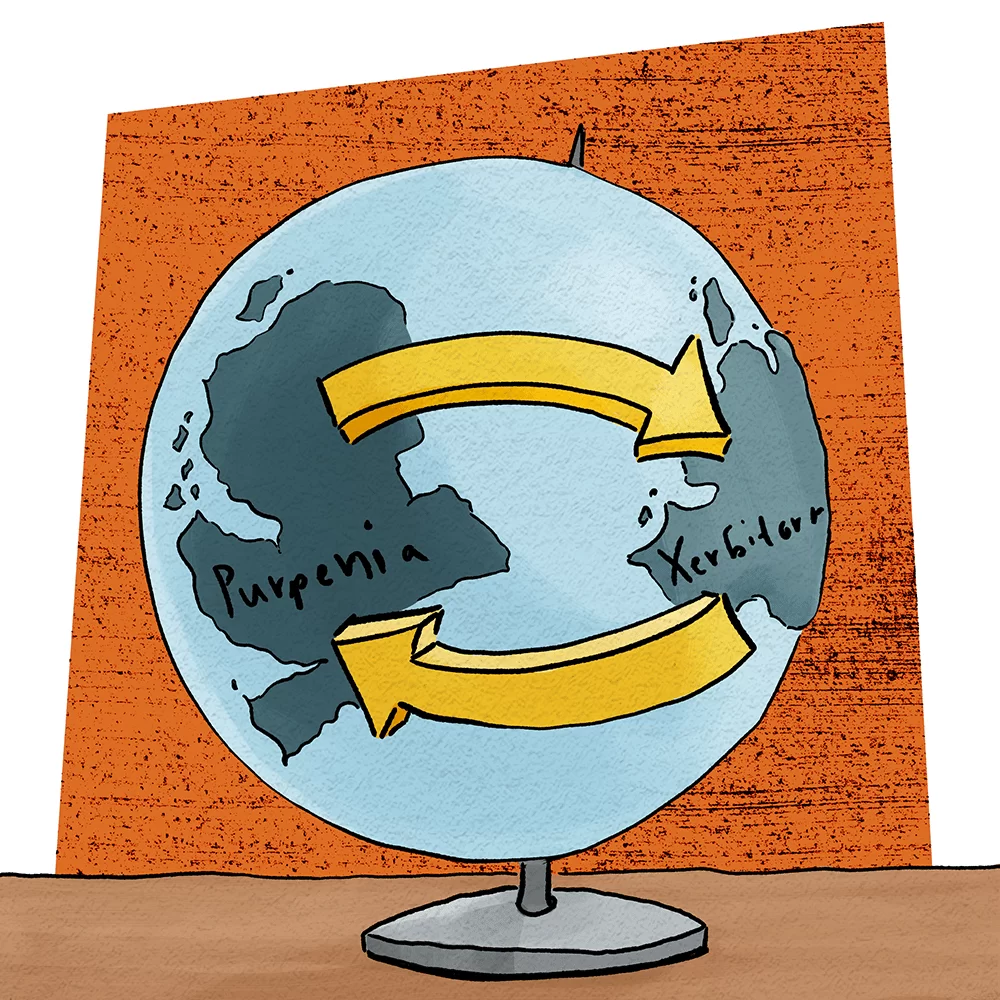
Have you heard the term “reshoring” recently and wondered what it was? We’ll cover it now! Reshoring is an idea that’s getting discussed a lot these days in manufacturing circles.
Before we talk about reshoring it’s helpful to understand some related terms
OFFSHORING AND OUTSOURCING
Offshoring is moving manufacturing operations from the country where the company is headquartered to another country. Historically the reason for doing this was to reduce costs. Companies based in a country where land and/or labor was expensive would build manufacturing plants in countries where those things were cheaper.
At this point let’s clarify the difference between offshoring and outsourcing. Outsourcing of manufacturing means having a different company, typically a contract manufacturer, do the manufacturing. Offshoring and outsourcing sometimes occur together but not always. A company can hire a contract manufacturing company in its own country (outsourcing but not offshoring) or builds its own manufacturing plant in another country (offshoring but not outsourcing.) Of course, a company also can have its manufacturing done by a contract manufacturer that’s located in another country (offshoring AND outsourcing.)
For the purposes of this discussion, we’re only talking about off- and reshoring. Either of these could be done either by a company building its own facility (doing the manufacturing “in-house”) or by working with a contract manufacturer.
AN EXAMPLE OF RESHORING:
If you’re a regular PCat reader, you know that serial entrepreneur Princess Capybara recently acquired her first existing company!

She’s made some improvements to the business and is wondering what to do next…
Then one day she’s reading a business magazine and learns about OUTSOURCING!!!
BEFORE RESHORING THERE’S ALWAYS OUTSOURCING…

See, as she expands the business she could continue to onshore*, keeping her manufacturing in her home country of Purpenia by leasing space, buying equipment and hiring employees in her home city. Or, she could build her factory in the country of Xerbitorn, where labor and other things are less expensive.
There are pros and cons to each, and she also considers nearshoring*, but ultimately Princess Capybara determines that offshoring is the way to go for her company at the time. So she takes the plunge!
She finds a business partner familiar with the culture and business environment in Xerbitorn, and they build a factory in Xerbitorn!
Ok, so that’s offshoring. End of story?
NOT SO FAST
See, although on paper offshoring seemed like a no-brainer… well, it wasn’t.

After a few phone calls like that, Princess Capybara decided to ask her friend Process Cat for some advice.

See, although in theory offshoring is a great way to save money, in reality, there are often unexpected complications. So Process Cat convinces her to consider…
RESHORING!
Reshoring is when a company that previously chose to offshore moves some or all of its manufacturing back to either its home country or a nearby country. There are a variety of reasons a company might try offshoring and later on decide to change. Sometimes doing business cross-culturally leads to misunderstandings. Different countries have different laws about intellectual property which can be a deciding factor. Sometimes the country which was originally chosen for its low cost becomes more expensive over time.
But for Princess Capybara and her specialty plant serum, the two biggest reasons end up being redundancy and responsiveness.
She’s happy with the cost and quality of the serum from Xerbitorn. But what happens when there’s a new trend and she needs to jump on the opportunity quickly? She finds waiting for the shipments from Xerbitorn can cause her to be late to market. And when there are problems in Xerbitorn (with the weather, politics, whatever), it causes delays or cost increases for the serum!
Process Cat and Princess Capybara take a trip to Xerbitorn to see the factory with their own eyes, talk to her business partners face-to-face, and hammer out a workable solution.
In the end, Princess Capybara decides to re-shore some of her manufacturing. This will provide some insurance against these two types of problems. It will also keep the advantages of high quality and low cost that she gets with her Xerbitorn manufacturing. While keeping the bulk of her manufacturing in Xerbitorn, she’ll build a new factory in Purpenia.
Well, as soon as they get through the multiple international flights home…
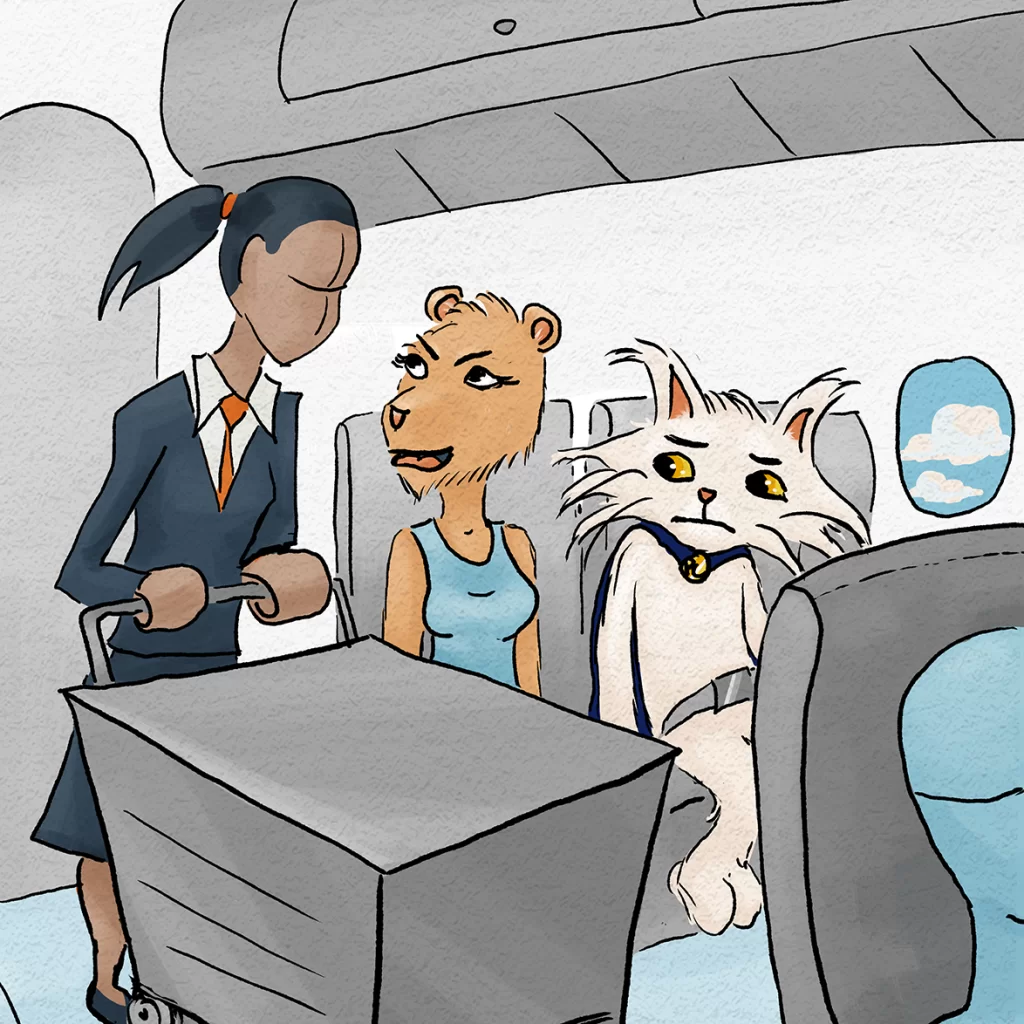
Well, that’s offshoring and reshoring. Now you’re ready to discuss them intelligently at your next board meeting (or cocktail party!)
*Ps. there are two related terms you may also hear:
ONSHORING
Onshoring is having manufacturing operations in the same country where the company is headquartered from the beginning. This is the way things were done before globalization and the rise of offshoring. If not for the existence of offshoring it would just be called “running a business.”
NEARSHORING
Nearshoring is a middle-ground between offshoring and onshoring. Manufacturing is done in a country that is close to the company headquarters. An example of this is a United States-based company doing its manufacturing in Mexico. Nearshoring is usually done to keep costs lower than onshoring while mitigating some of the drawbacks of offshoring to a country that’s very far away. In the context of a reshoring discussion, moving manufacturing from a remote offshore location to a nearshore location would be considered a form of reshoring.
